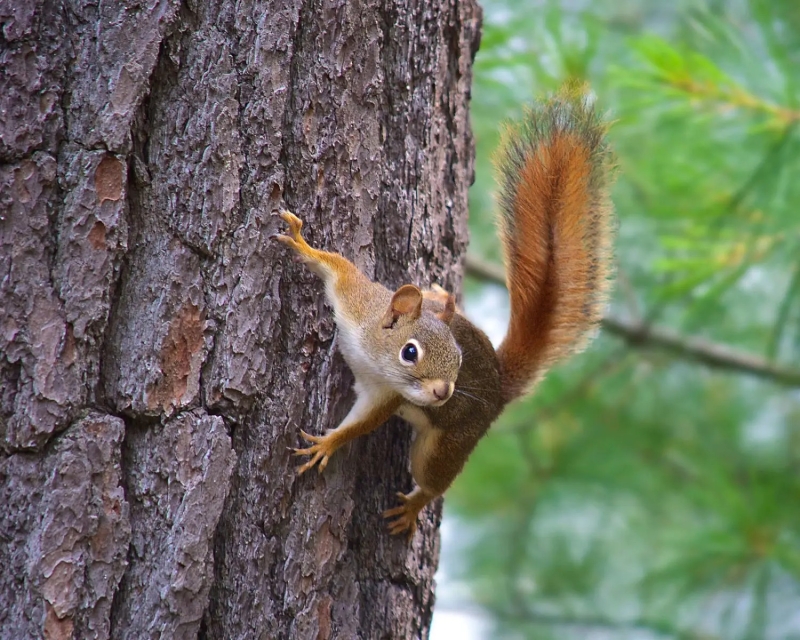American red squirrel Tamiasciurus hudsonicus
Animals in our sanctuary
Kodie (female)

Kodie was confiscated along with other American squirrels, meerkats and a camel by Animal Welfare Belgium. The animals were not receiving proper care which has impacted their behavior and health.
Lexi (female)

Lexi was confiscated along with other American squirrels, meerkats and a camel by Animal Welfare Belgium. The animals were not receiving proper care which has impacted their behavior and health.
Troy (Male)

Troy was confiscated along with other American squirrels, meerkats and a camel by Animal Welfare Belgium. The animals were not receiving proper care which has impacted their behavior and health.
Ruby (female)

Ruby was confiscated along with other American squirrels, meerkats and a camel by Animal Welfare Belgium. The animals were not receiving proper care which has impacted their behavior and health.
Alma (female)

Alma was confiscated along with other American squirrels, meerkats and a camel by Animal Welfare Belgium. The animals were not receiving proper care which has impacted their behavior and health.
Tori (female)

Tori was confiscated along with other American squirrels, meerkats and a camel by Animal Welfare Belgium. The animals were not receiving proper care which has impacted their behavior and health.
Austin (Male)

Austin was confiscated along with other American squirrels, meerkats and a camel by Animal Welfare Belgium. The animals were not receiving proper care which has impacted their behavior and health.
Where does he feel most at home?
American red squirrels are widely distributed across the North American continent. Their range includes: most of Canada, excluding northern areas with no tree cover, the southern half of Alberta and the southwestern coast of British Columbia; the southern half of Alaska; the Rocky Mountains area of the United States, and northern half of the eastern United States.
What's his favourite food?
American red squirrels are primarily granivores, but incorporate other food items into their diets opportunistically. In The Yukon, extensive behavioral observations suggest white spruce seeds comprise more than 50% of a red squirrel's diet, but squirrels have also been observed eating spruce buds and needles, mushrooms, willow leaves, poplar buds and catkins, bearberry flowers and berries, and animal material such as bird eggs or even snowshoe hare young.
American red squirrels eat a variety of mushroom species, including some that are deadly to humans.
Fun fact
Red squirrels are highly territorial and asocial with very few non-reproductive physical interactions. The majority of physical interactions are in male-female matings and between females and their offspring before the offspring disperse to their own territories. The non-reproductive physical interactions recorded were all instances of chasing an intruder from a territory.
American red squirrels are spontaneous ovulators. Estrous females will mate with 4 to 16 males. Gestation has been reported to range from 31 to 35 days. Females can breed for the first time at one year of age, but some females delay breeding until two years of age or older. Most females produce one litter per year, but in some years reproduction is skipped, while in other years some females breed twice.
Offspring grow at approximately 1.8 gram per day while nursing, and reach adult body size at 125 days. They first emerge from their natal nests at around 42 days, but continue to nurse until approximately 70 days.
If juvenile American red squirrels are to survive their first winter, they must acquire a territory and midden. They can acquire a territory by competing for a vacant territory, creating a new territory or by receiving all or part of a territory from their mothers. This somewhat rare (15% of litters) female behavior is referred to as breeding dispersal or bequeathal, and is a form of maternal investment in offspring. The prevalence of this behavior is related to the abundance of food resources and the age of the mother. Offspring that do not receive a midden from their mother typically settle within 150 meters (3 territory diameters) of their natal territory.
Adopt this American red squirrel



